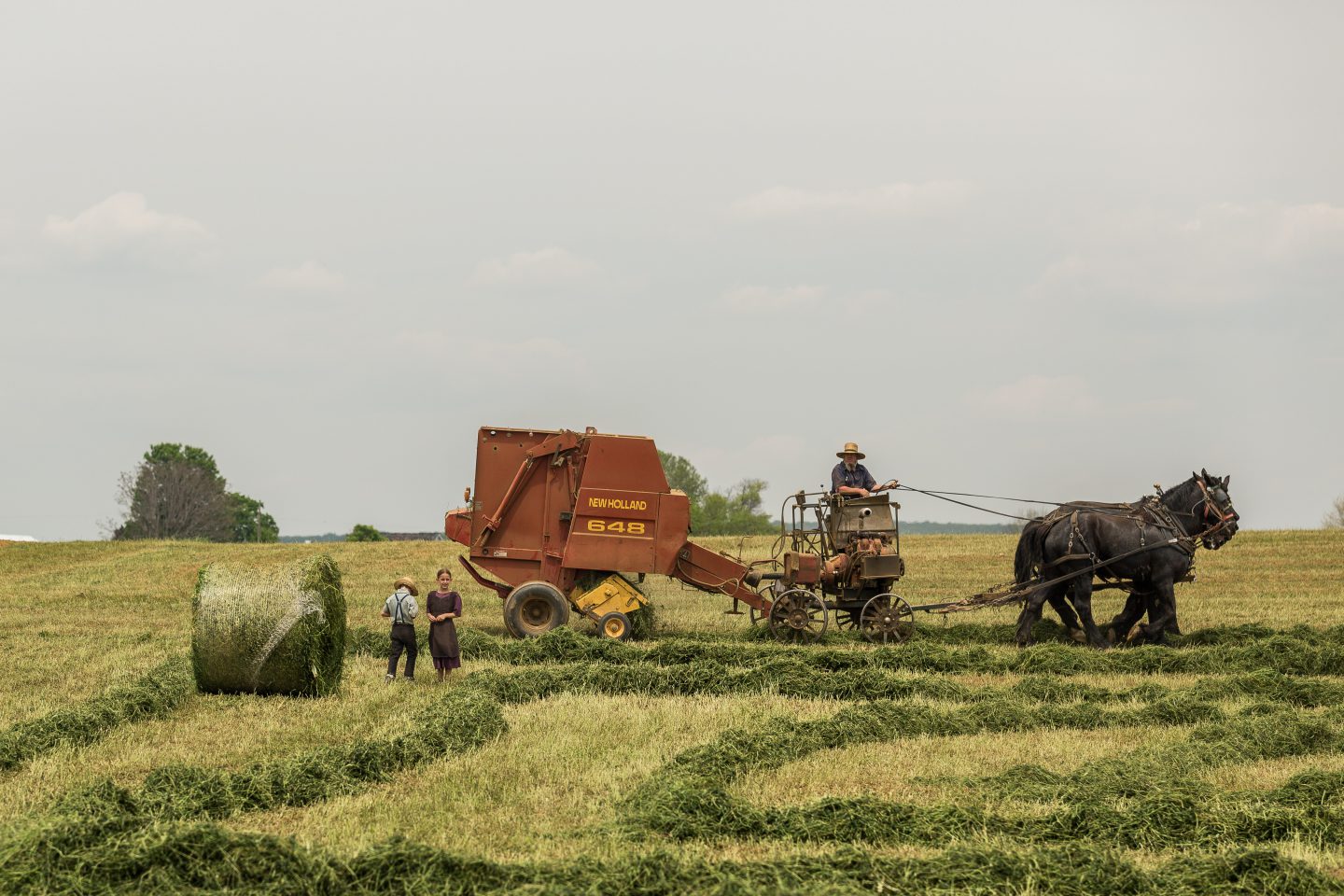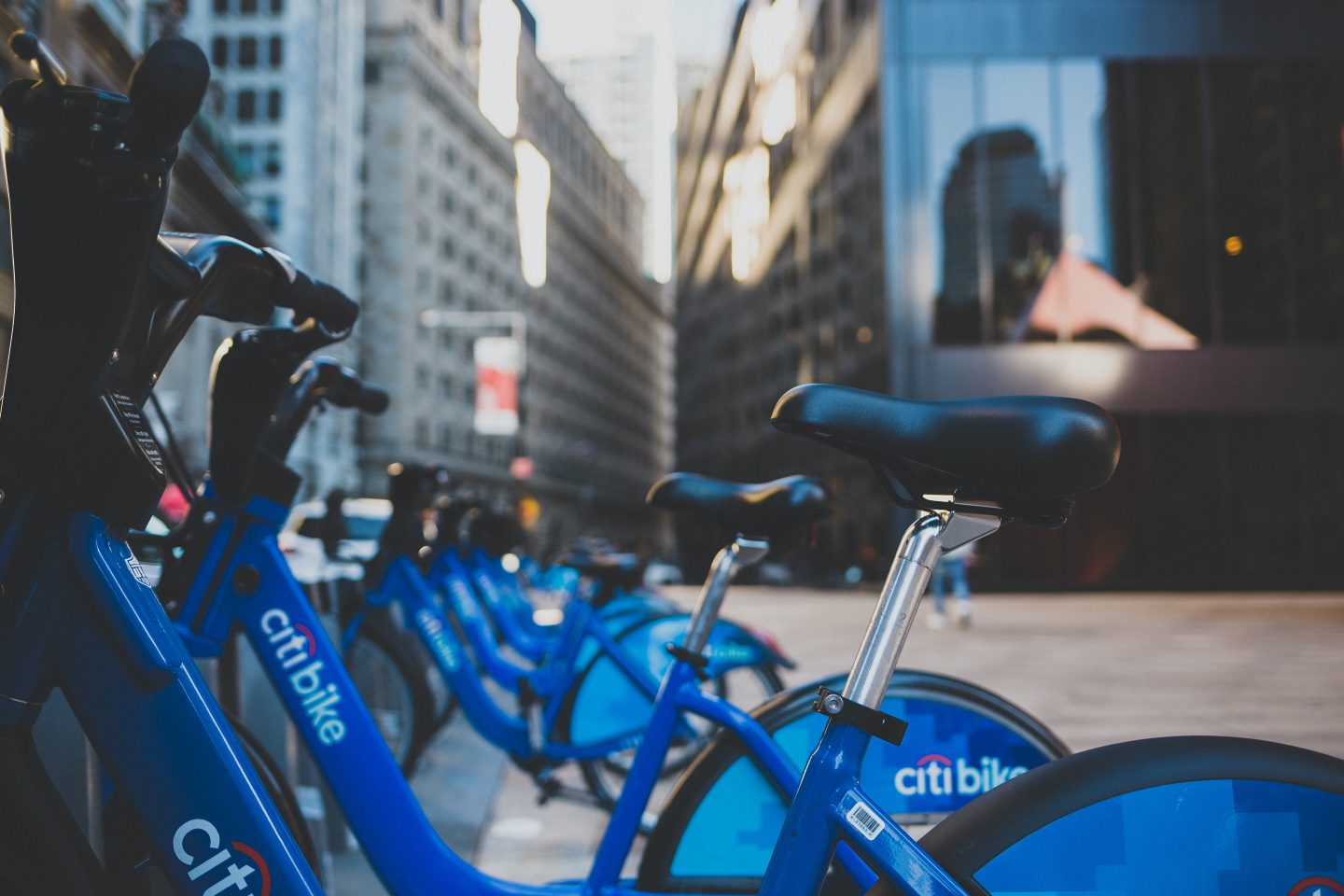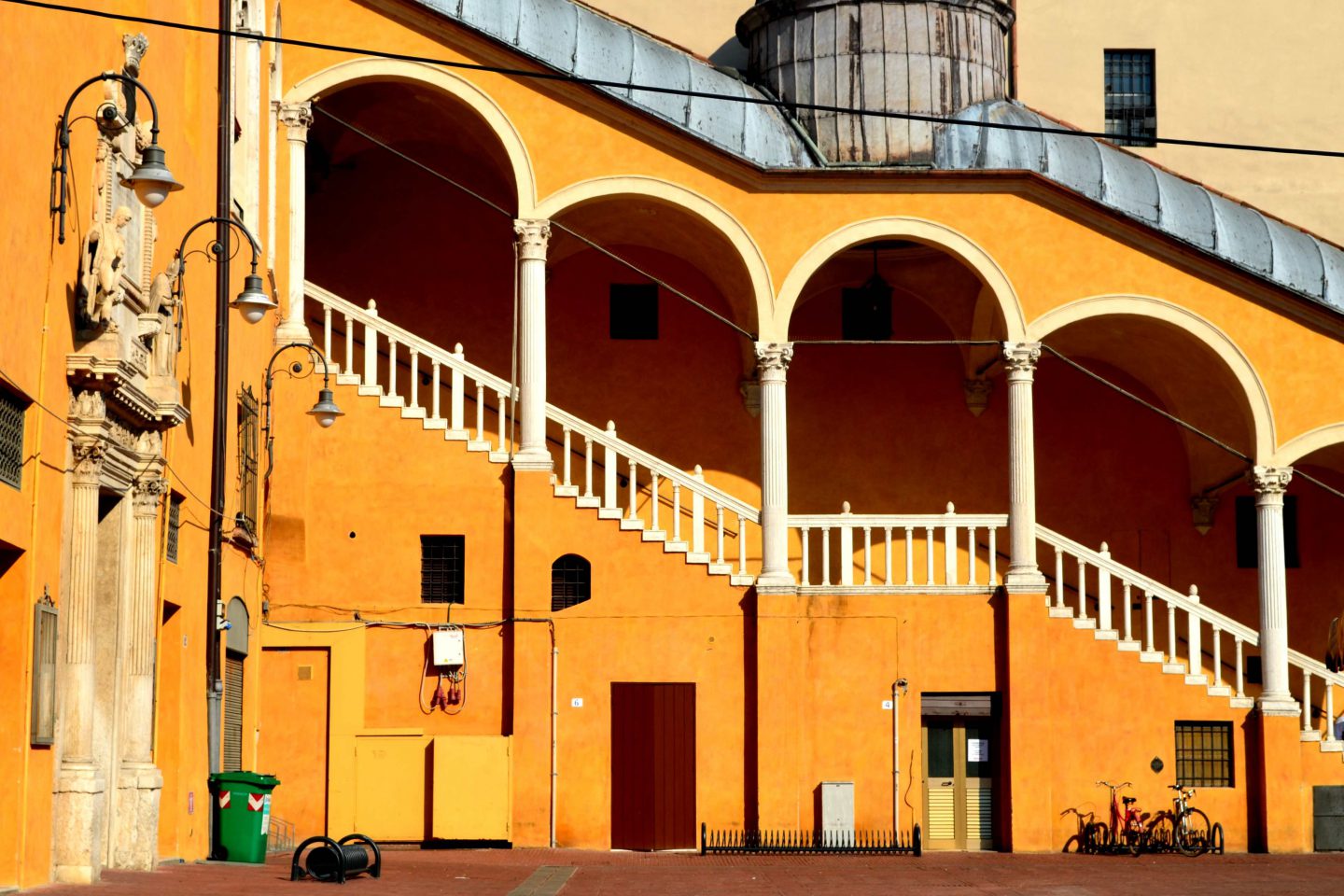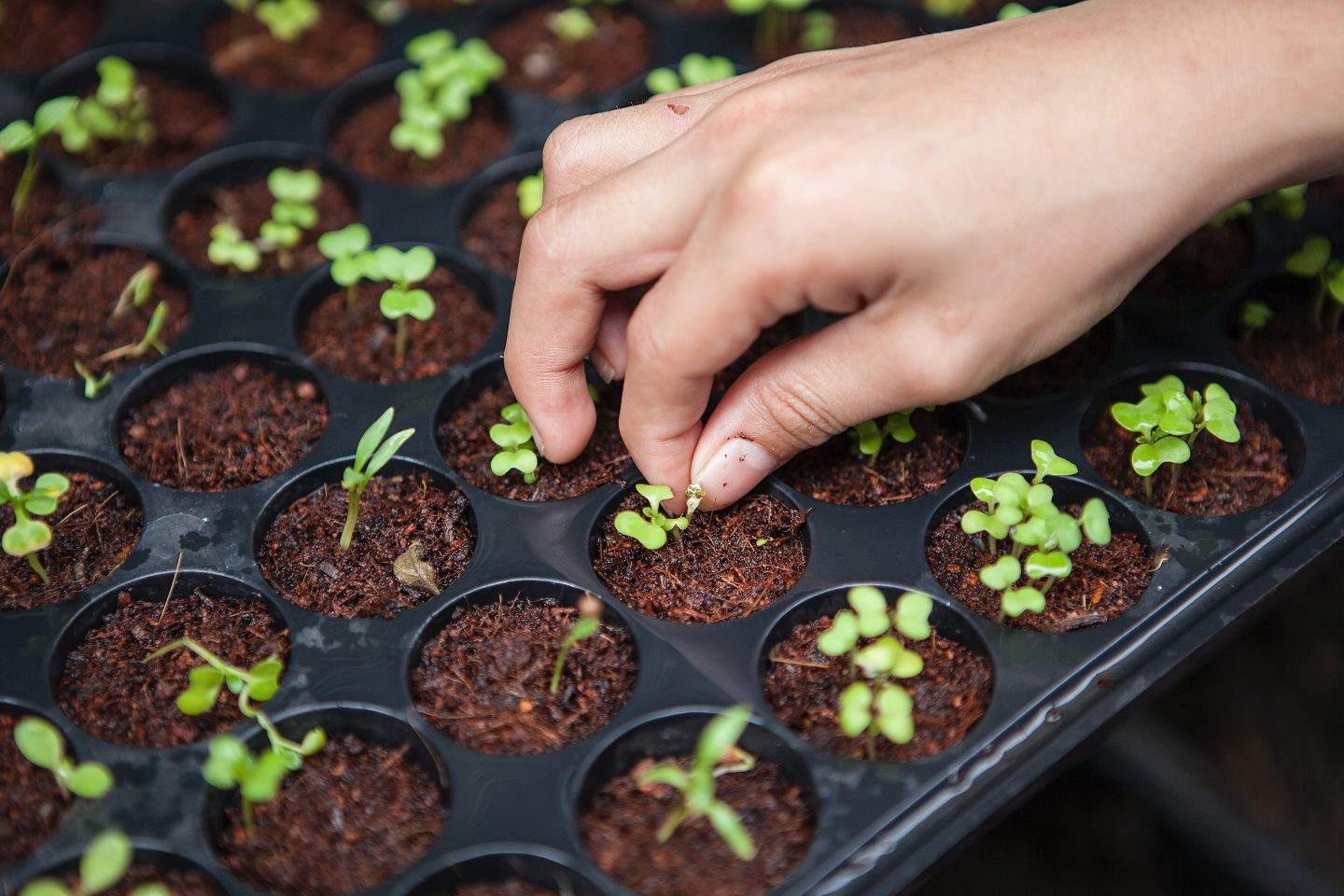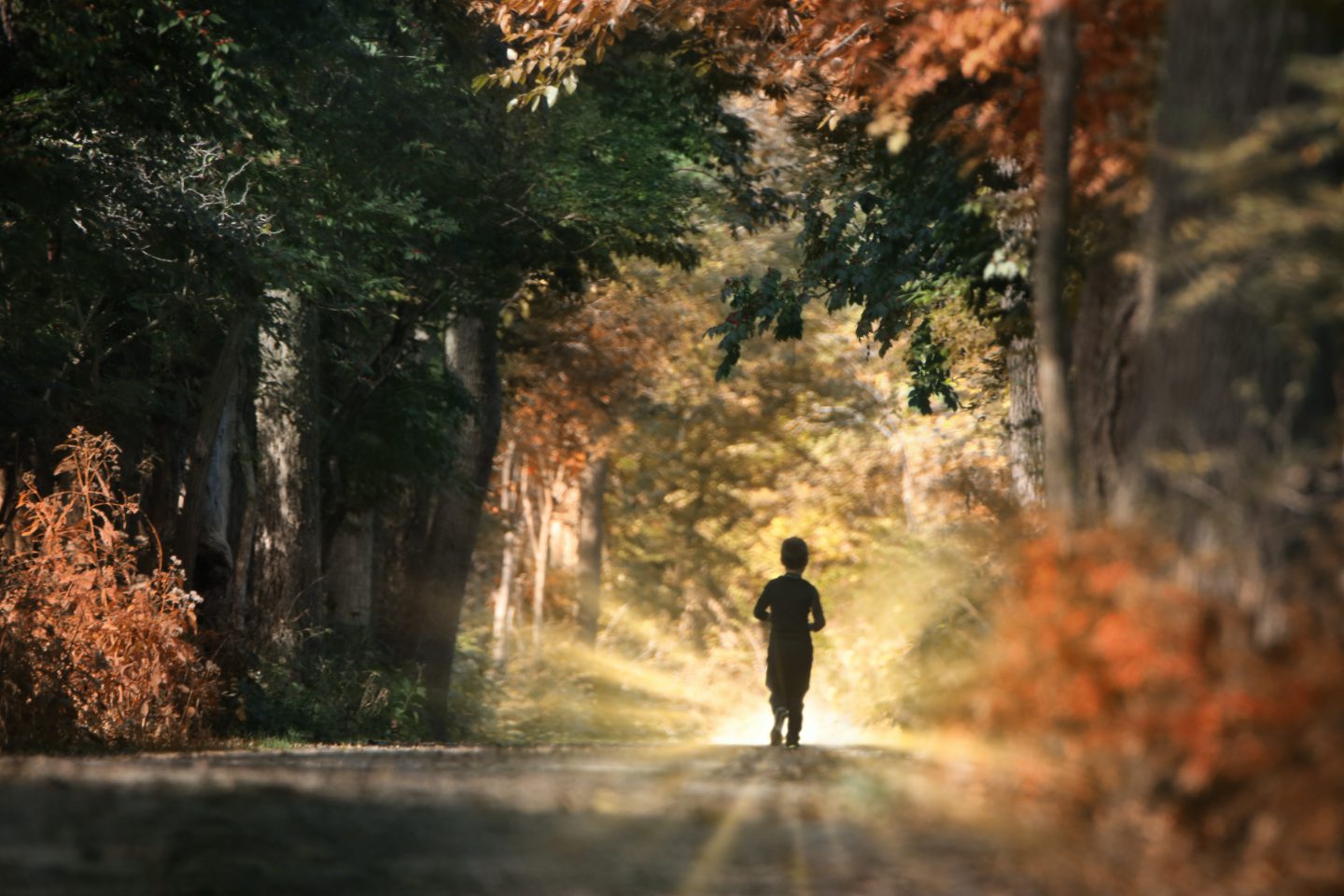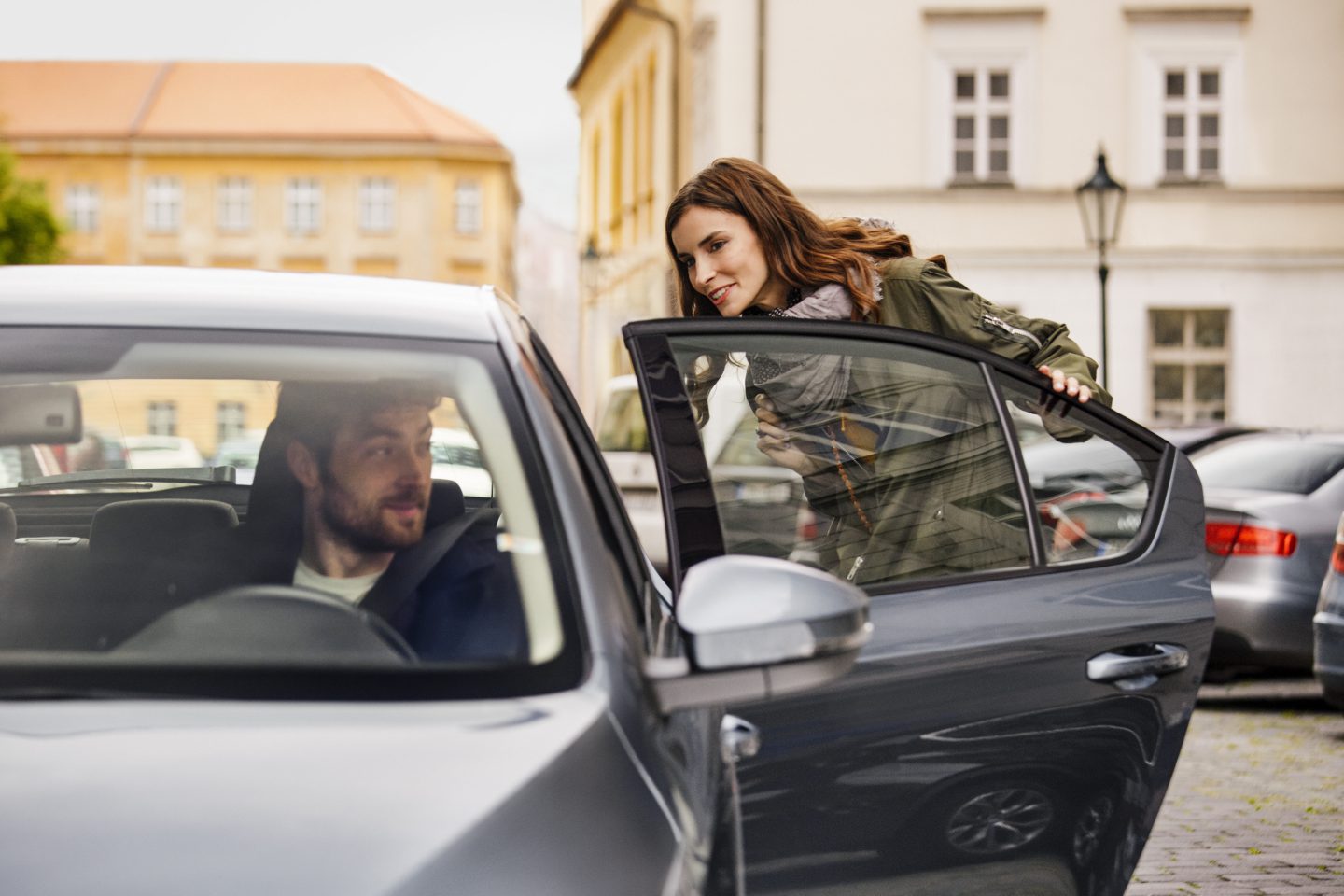Is organic agriculture the solution to our global food system challenges? That’s been the premise and promise of the organic movement since its origins in the 1920s: farming that’s healthy, ecological, and socially just.
Many people – from consumers and farmers to scientists and international organisations – believe that organic agriculture can produce enough nutritious food to feed the world without destroying the environment, while being more resilient to climate change and improving the livelihoods of farmers.
But as with many important issues of our time, there are more passionate opinions about organic agriculture than there is scientific evidence to support them. And there’s nothing black or white about organic agriculture.
Read more →

